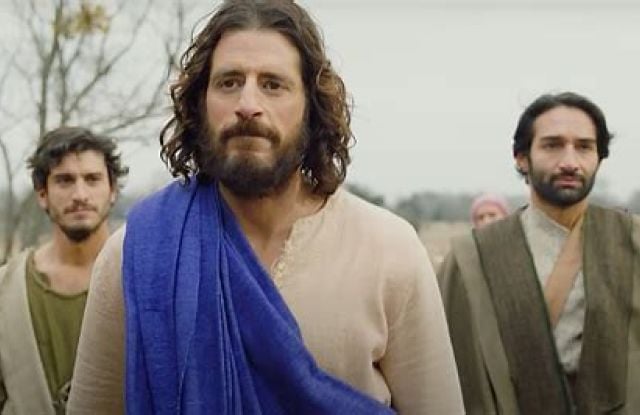Jesus’ Model of Discipleship

Jesus didn’t operate a formal school, but his disciples took quite a course. He discipled them over a three year period, not only establishing the course subject matter, but setting the pattern by which future disciples should walk. His curriculum is difficult to institutionalize because of its rigorous standards. Institutions have sought to define it, replicate it, and make programs out of it. But few succeed.
Jesus didn’t call his disciples to eternal life. He didn’t offer them a Four Spiritual Laws tract. He offered them a relationship with him. In asking his disciples to “follow me and I will make you fishers of men,” Jesus asked his disciples to do four things that churches and other training institutions rarely do. He asked them to abandon their current life, to immerse themselves into a life of constant ministry, to depend on God and no one else for their resources, and to live in community.
It’s a tough road Jesus walked; it’s a road that his disciples have been struggling to walk ever since. He called it a narrow way. He didn’t try to soft sell its difficulty. In the next few blogs, I’ll look these four pillars of discipleship that Jesus required of those who would follow him.
Jesus’ Discipleship pillar #1: Abandon
The importance of discomfort – it creates abandon.
The first of these gets you on what He called “the straight and narrow path.” It is the choice of reckless abandon. We cannot achieve God’s best for our life until we’ve made this decision to throw caution to the wind and follow our heart. This was the path that Jesus asked his twelve disciples to walk. It is the path that he asks those of us who are his modern-day disciples to walk upon as well.
When he first talked to them, each of the twelve disciples felt a deep stirring in their hearts. They knew that they were at a crossroads. They could either continue to follow the conventional path they were on, or they could leave family and friends behind, recklessly abandoning all in order to follow Jesus.
Tomorrow, the second pillar, immersion.



dear brOther!
I WAS REALLY TOUCHED BY THE TOPIC AS WELL AS THE CONTENT. THE NEED OF THE HOUR IS TO RETURN BACK TO MODEL THAT JESUS LAID DOWN FOR US TO FOLLOW. i WOULD BE HAPPY IF YOU COULD HELP ME TO UNDERSTAND MORE ABOUT AS WE ALSO AS A TEAM IN HYDERABAD, A.P, INDIA ARE TRYING TO FOLLOW THE NEW TESTAMENT PATTERN OF MINISTRY.
I WAS BROWSING TO GET SOME INFORMATION ON JESUS METHOD OF DISCIPLESHIP AND I CAME ACROSS YOUR BLOG SITE. THANKS! blessings AND PEACE. IN CHRIST, KAMAL.
i love your article, its quite insightful. am writing my dissertation on the reconstruction of process of discipleship for a greater productivity in the twenty first century church and your article has open my thoughts to some new angles. i will appreciate if you could recommend other resource material in this direction. thanks
David,
I suggest looking at my other blog posts here:
https://www.sethbarnes.com/?category=Discipling
and here
https://www.sethbarnes.com/?category=How%20to%20Disciple